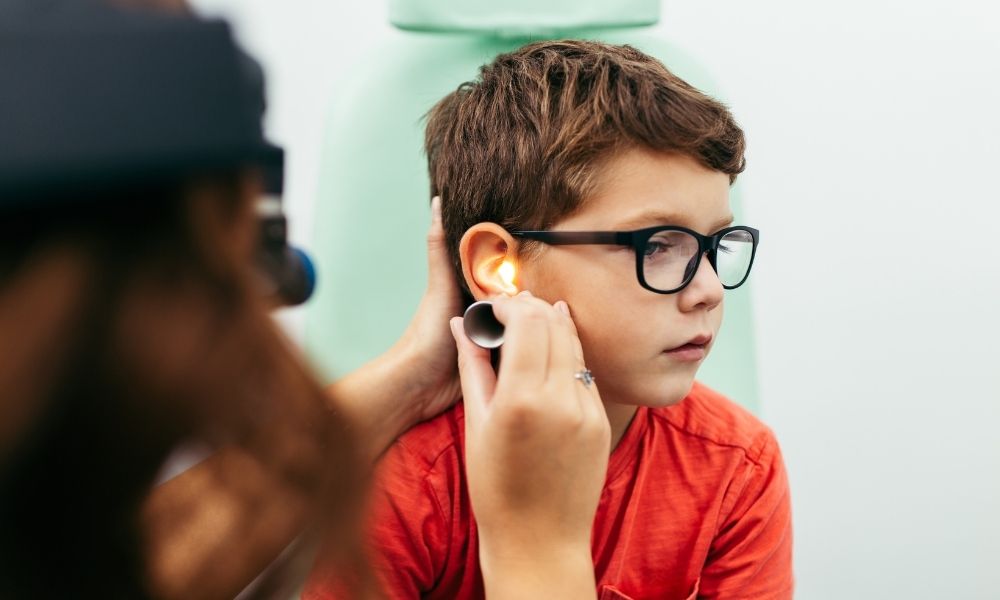
Little kids get sick—a lot. It’s a fact of early childhood and child-rearing that you and your child will have to get through together. These little battles are necessary so the immune system can come to full strength later. In addition to inevitable illnesses such as strep throat, allergies, and strains of the common cold, your child is likely to develop an ear infection as well—and often a rather persistent one at that. While acute infections are uncomfortable but quickly subside, chronic ear infections can linger for weeks or months, causing consistent discomfort for your child. Here are some of the causes of chronic ear infections in kids, along with how you can treat them when they arise or, hopefully, avoid them altogether.
Other Infections
A middle ear infection, or otitis media, is the most common type of chronic ear infection. Most often, this happens as a result of a concurrent illness such as a cold virus or a bacterial infection like strep throat. In the middle ear lies the Eustachian tube, which connects the ears to the throat. Normally, the Eustachian tube prevents fluid from building up within the ear by draining to the throat, but in small children, the tubes are smaller and tend to lie horizontally, making them less likely to drain properly. An upper respiratory infection can block these tubes, leading ear fluid to build up and create an environment conducive to bacteria. Over-the-counter pain medication can alleviate pain associated with the buildup, and eardrops or antibiotics may be necessary to open the tubes. In some cases, it may be sufficient to keep children sitting upright to help their ears drain.
Sinusitis
A sinus infection that is more serious than the common cold can cause ear infections as well. Inflamed sinuses, much like colds, can trap fluid in the Eustachian tubes by placing pressure on the tubes, fostering infection. This often requires the same course of treatment as infection by way of a cold or other illness.
Ear Injuries
Injuries to the ear, such as a perforated eardrum, can introduce pathogens that lead to chronic infections. Inserting foreign objects into the ear can abrade the ear canal, allowing bacteria to reach areas it would otherwise not reach. Discourage children from inserting anything into the ear canal, such as a cotton swab. Even a finger with a jagged fingernail can cause scrapes or punctures to the ear canal, not to mention it will introduce bacteria from the hand.
Allergies
In some instances, allergic reactions may trigger ear infections. Most commonly, it is reactions to environmental allergens such as mold or pollen that cause infection. Secondhand tobacco smoke can also cause allergic reactions and block the delicate Eustachian tubes. If you suspect allergies are the root cause of your child’s ear infection, consult an ENT or allergist near you, such as Allergy & ENT Associates, to address the allergy and resolve the infection.



